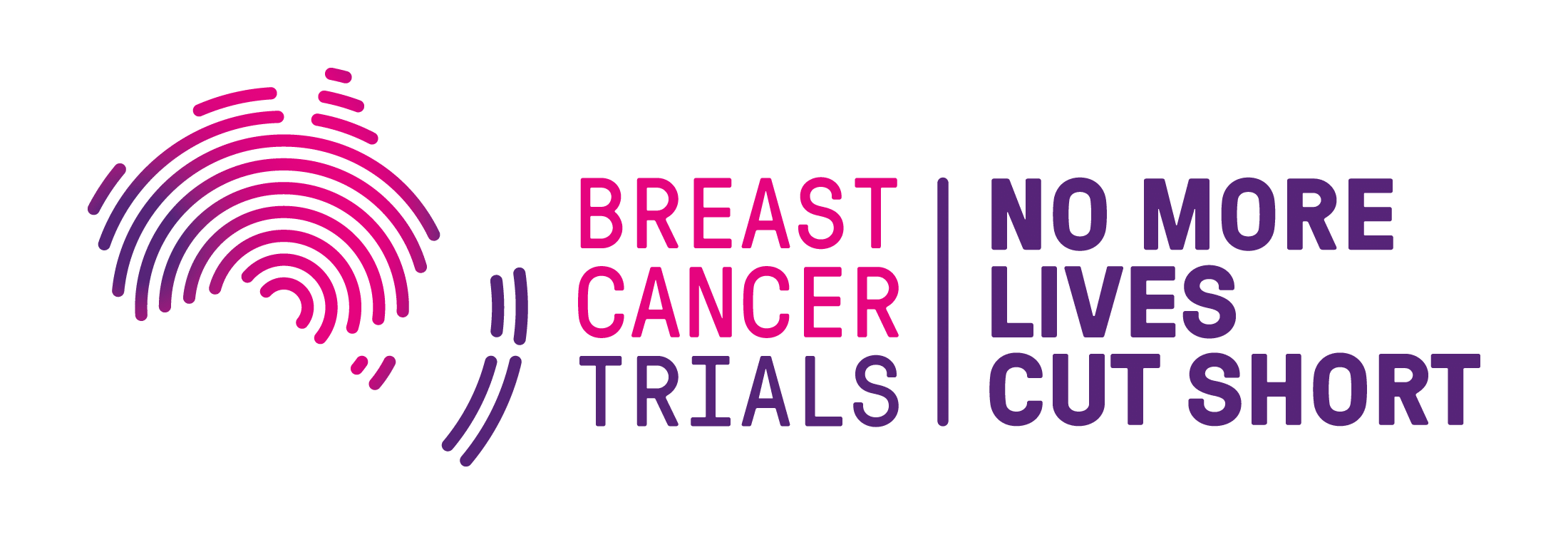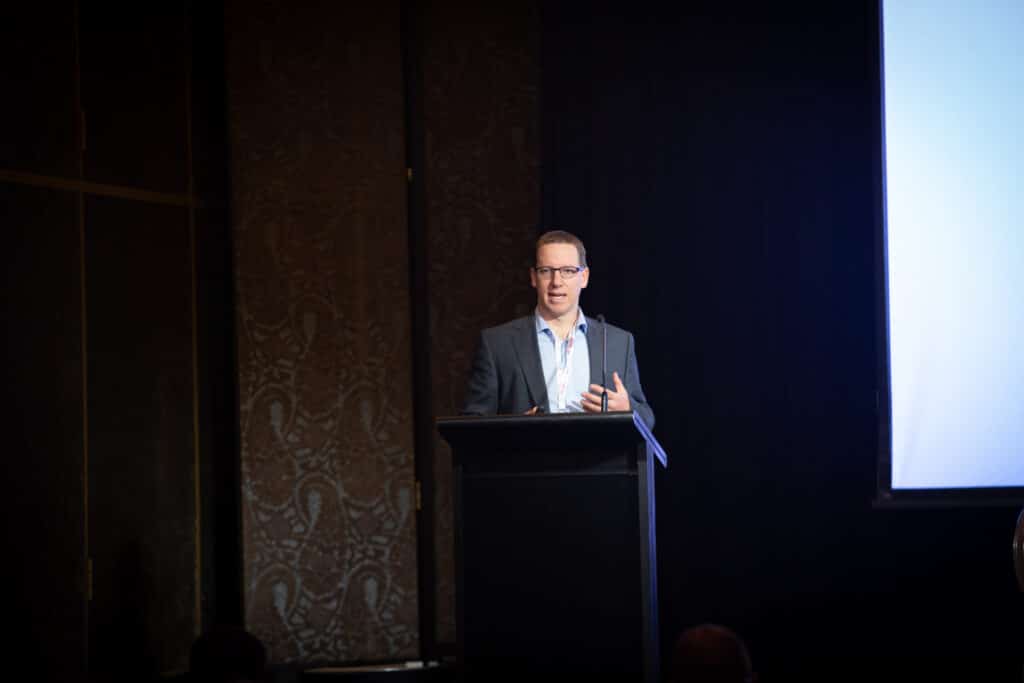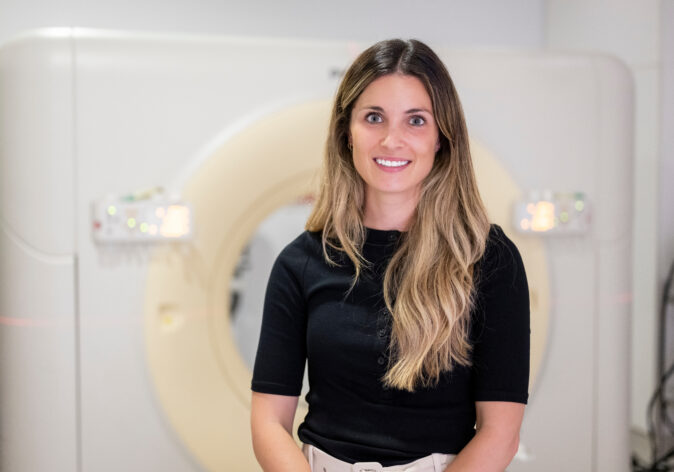Dr Ben Green is a breast surgeon based in Brisbane, Australia, with an interest in the current oncoplastic and reconstruction capabilities in 2023.
While more women today are surviving breast cancer, they can still be left with post treatment deformities to their breasts from surgery.
We spoke with Dr Green about breast reconstruction, techniques to preserve the breast and the importance of using the breast shape to your advantage during reconstruction to achieve the best outcome for patients.
“I’m talking tomorrow on the process of training breast surgeons in 2023 and beyond. And the whole breast training program has really changed over the last 10 years or so. Originally everyone sort of just found their own jobs and it was all a bit haphazard, and now it’s a very structured program over two years, where people coming out of surgical training can then move into it if they want to sub specialise.”
“The idea is that at the end of that two years they’ve sort of had a broad exposure of all the sort of modern breast surgery, and oncoplastic training techniques, and that they can then move into their own practices going forward.”
What is oncoplastic breast surgery?
“Oncoplastic has sort of really come into view in probably the last 10 years really and has gained that sort of momentum now and is becoming standard practice, or at least it is becoming standard practice in breast surgery. And the good thing is that a lot of women survive breast cancer, however they’re often left with the deformities that we create as the surgeon, by taking out the lump.”
“So, we want to try and use techniques where we have the aesthetics of the breast in mind, and you can sort of use the breast shape to our advantage to create a new breast shape, or at least maintain the shape of the breast, or sometimes even improve the shape of the breast.”
“So, a lot of it is using quite old techniques, like plastic surgical techniques that have been around for a long time, but just in a cancer setting. So, the ‘onco’ part being oncology and the ‘plastics’ being the aesthetic side of it. So, it’s sort of combining the two to maintain or improve the shape of the breast in that cancer setting.”
Listen to the Podcast
We spoke with Dr Ben Green about oncoplastic breast surgery and reconstruction capabilities in 2023 and beyond.
What are the standard oncoplastic and reconstruction capabilities in 2023?
“So, at the moment most of the people coming into breast surgery have finished their general surgical training and then they move into subspecialty training. So, they apply to the post fellowship training program. And we’ve just had our applications for that this week while we’re here at the conference.”
“That’s a two-year program, so they go through a structured two-year process, which is a combination of in-job training, there’s courses they have to do specifically in the oncoplastic space, so a level one and a level two course where there’s different types of procedures that we do, and more complexity as you go from level one to level two. And at the end of that, hopefully they can gain the exposure so they can start using those techniques in their own practices.”
“For other surgeons who might be a few years out and want to do oncoplastic surgery because they see the value in it, which is hopefully most surgeons now, there are other ways. There’s the Sydney University Master’s or a graduate certificate in oncoplastic surgery, which gives you all of the core curriculum that you need to learn about the oncology and the plastic surgical techniques to do the surgery.”
“So, there’s sort of a theoretical component to it. And then combined with the courses that breast surgeons run, you can get the practical exposure. I think everyone who works on those programs are quite open to mentorship and training. And I went and visited various surgeons who utilise different techniques, to learn how they do things, and that’s sort of how you learn.”
“So, the process is really within the PFT program. It’s a two-year process where you just focus on breast surgery. And yes, those fellows will be providing some general surgical components to their hospitals that they work in, but primarily they have to do breast surgery. So, in the first year the focus is more on the oncology component, including standard safe mastectomies, breast conservation surgery and sentinel node surgery.”
“And then in the second year the focus is very much on the oncoplastic techniques, and they’ll start with the sort of the simpler techniques with what we call mobilisation of breast tissue, to fill the defect, through to more complex things where we might completely change the shape of the breast. And they take more training and more time.”
“So, we set certain criteria of how many procedures people need to do before we would deem them as being competent, and they’re assessed in their competencies, so they do a number of in-training assessments to break that procedure down into various components until they’re deemed as being capable of doing it on their own, unsupervised. So, by the end of the two years, they’ve hopefully got the core procedures down pat.”
What are your hopes for the future of breast cancer research?
“Well, this is only in the oncoplastic setting, but I would personally like to see that this become standard practice. At the moment there’s still some areas where it’s not considered to be the standard practice, it’s a little extra, but I think that’s becoming old school.”
“So, I’d like to see that all breast surgeons are doing oncoplastic surgery, and that it becomes normal. There are huge amounts of research that have been done and will continue to be done that show the benefits to women, that they’ve got improved patient reported outcomes, that they have higher self-esteem, they look at themselves in the mirror when the surgery is finished and they’re not covering themselves up. They’re not feeling like they’ve lost their femininity, and they have either an improved shape, or have maintained the shape of their breast.”
“This gives them confidence going forward and there’s been a lot of research in that space, and I think that’ll continue over the years.”
Support Us
Help us to change lives through breast cancer clinical trials research



